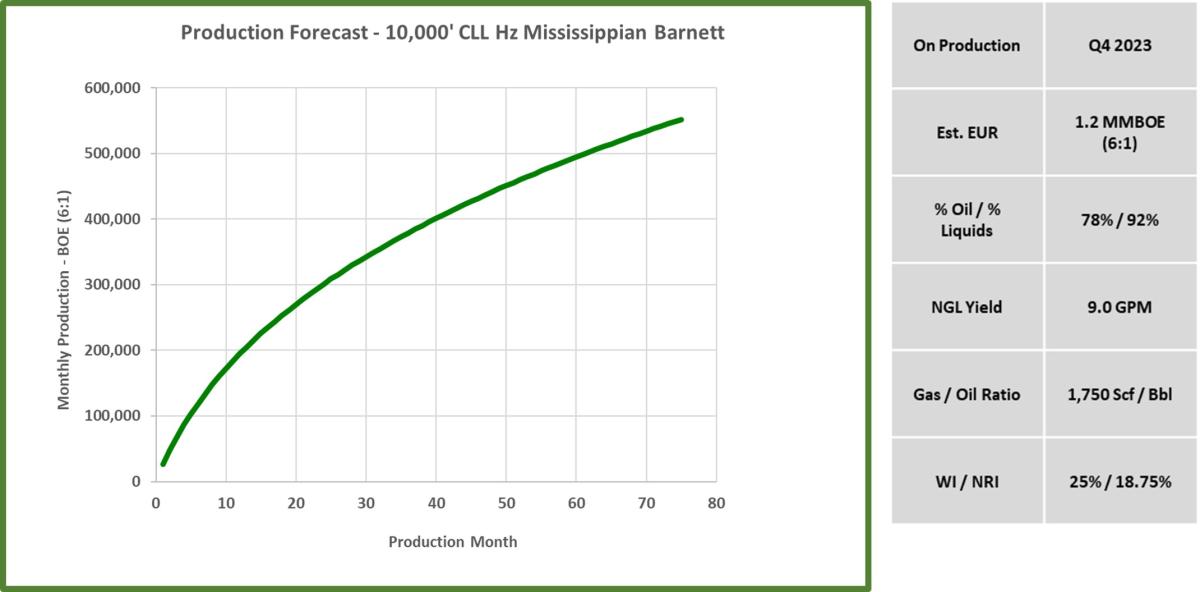3 reasons why Ethereum price could struggle at the $1.9K level

Since May 12, the price of Ether (ETH) has been struggling to maintain its $1,800 support level as investors are under pressure from deteriorating crypto regulations and the high gas costs of the Ethereum network. Another negative impact on Ether’s price is 3 indicators pointing to reduced demand for its decentralized applications (DApps) and lack of leverage in buying demand from professional traders.
Regulators are signaling their plan to further restrict crypto intermediaries
According to court documents filed May 15, the US Securities Exchange Commission (SEC) has issued a formal response in court regarding Coinbase’s petition for clear crypto regulation. The SEC stated that any regulation could take years and enforcement actions will continue in the meantime.
On May 16, the Economic and Financial Affairs Council of the European Union – made up of the finance ministers of all member states – approved the long-awaited Markets in Crypto-Assets (MiCA) Regulation, which will come into force in mid-2024.
Some argue that the MiCA will enable the growth of businesses in the region, while others focus on the privacy risks to personal users’ data and the risks imposed on non-custodial solutions, including decentralized finance (DeFi) applications.
The drop in DApp deposits is concerning
The Ethereum network is experiencing problems caused by rising gas costs, the costs associated with transactions, including those executed by smart contracts. For the past 4 weeks, average transaction fees have been above $9, severely limiting demand for DApp usage.
Total deposits on the Ethereum network in Ether terms fell to their lowest level since August 2020. Such analysis rules out the effects of native Ethereum staking, which recently began allowing withdrawals.
According to data from DefiLlama, Ethereum DApps reached 14.9 million ETH in Total Value Locked (TVL) on May 16. That compares to 16.5 million ETH two months earlier, down 10%. In comparison, TVL on BNB Smart Chain in BNB terms was essentially flat over the same period, while Polygon network (MATIC) deposits increased by 29%.
BNB Smart Chain is trying to get ahead in DEX volume
Ethereum may have been the absolute leader in DEX volumes from the start, but this position is being challenged. Ethereum’s market share by volume on decentralized exchanges (DEXs) peaked at 75% in the week ending March 5, but steadily declined to an all-time low of 39.6% in the week ending May 14.

Winners on DEX trading volumes were Arbitrum, rising from 7% to 14%, and BNB Smart Chain, growing from 5.6% to 31% since March 5. It could be argued that the success of the Ethereum network’s scaling solutions reflects bullishness for the price of Ether, but that relationship is not so direct.
Related: Updated European tax directive requires reporting on all crypto asset transfers
Data shows that professional traders are turning bearish
Ether quarterly futures are popular among whales and arbitrage desks. However, these fixed-month contracts typically trade at a small premium to spot markets, indicating that sellers are asking for more money to delay settlement.
As a result, ETH futures contracts in healthy markets should trade at a 5 to 10% annualized premium – a situation known as contango, which is not unique to crypto markets.

Professional Ether traders have been avoiding leverage longs (bullish bets) since early April. In addition, the current 1% ETH futures premium is about to turn negative, otherwise known as backwardation. If confirmed, this is an alarming red flag as bearish demand dominates the scene.
Basically, these 3 indicators indicate that the $1,900 resistance will be difficult to break in the near term, namely the reduced TVL, the record-low DEX market share, and the lack of buying power. For now, Ether bears are in control and prefer a price correction.
This article is for general information purposes and is not intended to and should not be construed as legal or investment advice. The views, thoughts and opinions expressed here are those of the author alone and do not necessarily reflect or represent the views and opinions of Cointelegraph.
This article does not contain any investment advice or recommendations. Every investment and trading move involves risk and readers should do their own research when making a decision.
Stay connected with us on social media platform for instant update click here to join our Facebook













